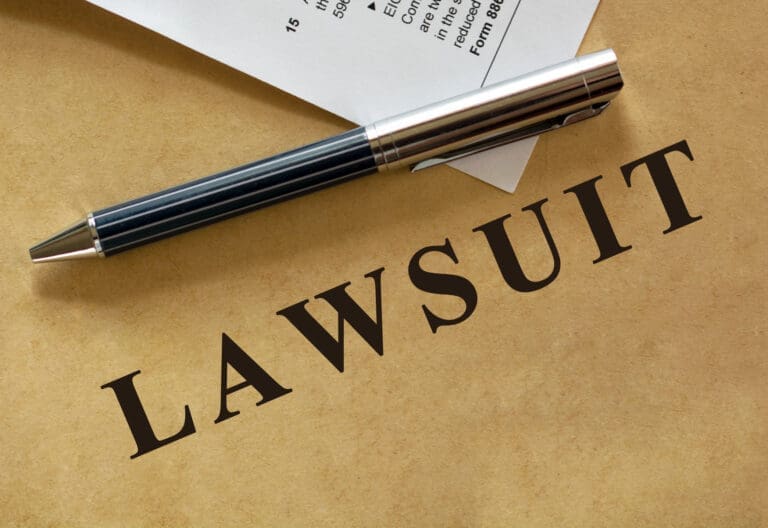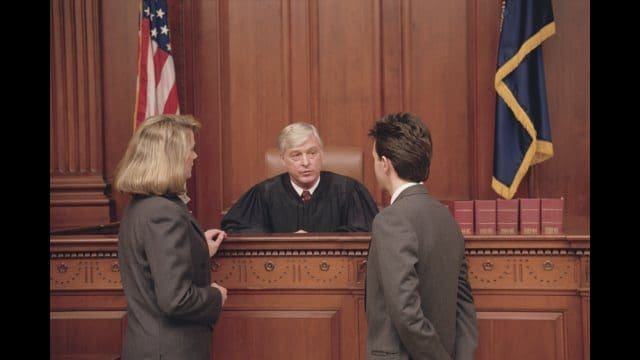Baker v. Selden Doctrine: A Comprehensive Legal Examination
In the world of intellectual property law, the Baker v. Selden Doctrine holds a position of utmost significance. This legal concept, along with its various interpretations and implications, has been a subject of intense debate and discussion among legal experts, scholars, and practitioners. In this article, we will delve into the depths of the Baker v. Selden Doctrine, exploring its historical context, its relevance in contemporary law, and its impact on the realms of civil and criminal law.
Historical Origins of Baker v. Selden Doctrine
The Baker v. Selden Doctrine finds its roots in a landmark Supreme Court case that dates back to the late 19th century. The case, Baker v. Selden, was decided by the United States Supreme Court in 1880 and revolved around the copyright protection of certain written materials. The central issue in this case was whether copyright protection could be extended to the explanatory text and illustrations found within a book.
At the heart of the matter was the contention between Charles Selden, who had authored a book on bookkeeping methods, and Henry Baker, who had published a competing book on the same subject. Selden argued that Baker’s book, while not directly copying his content, had used similar methods and principles. He claimed that these similarities amounted to copyright infringement.
The Supreme Court, in its ruling, established a doctrine that has come to be known as the Baker v. Selden Doctrine. The doctrine essentially states that copyright protection does not extend to processes, systems, or methods described in a work; it only covers the specific expression of those ideas. In other words, while the text and illustrations in Selden’s book were protected by copyright, the underlying bookkeeping methods were not.
Contemporary Implications of the Doctrine
The Baker v. Selden Doctrine has far-reaching implications in today’s legal landscape. It forms the basis for distinguishing between copyrightable and non-copyrightable elements in various creative works. Let’s take a closer look at some key areas where the doctrine continues to shape legal decisions:
1. Software and Technology
In the digital age, software and technology play a pivotal role in our daily lives. The Baker v. Selden Doctrine has been instrumental in determining what aspects of software can be protected by copyright. Generally, the specific lines of code and the unique expressions in software programs are eligible for copyright protection, while the functional aspects, algorithms, and methods of operation are not. This distinction is crucial in safeguarding innovation and promoting healthy competition in the tech industry.
2. Business Methods
The doctrine also has implications for the protection of business methods and processes. While a company’s unique branding and marketing materials may be eligible for copyright protection, the underlying business strategies and methods are typically not covered. This allows businesses to use and adapt successful strategies without fear of copyright infringement.
3. Legal and Academic Works
In the realm of legal and academic writing, the Baker v. Selden Doctrine remains relevant. It underscores the importance of distinguishing between the protection of the author’s expression and the ideas or concepts being discussed. Legal texts, scholarly articles, and research papers often rely on the doctrine to ensure that the exchange of knowledge and information remains unencumbered by copyright restrictions.
4. Educational Materials
Educators and publishers frequently encounter the Baker v. Selden Doctrine when developing educational materials. While the creative elements of textbooks and educational content can be copyrighted, the underlying teaching methods and principles generally fall outside the scope of copyright protection. This allows for the free exchange of educational ideas and resources.
5. Artistic and Creative Works
In the world of artistic and creative expression, the doctrine is a guiding principle. Artists and creators can protect their original works of art, music, literature, and other creative endeavors, but they cannot claim copyright over the artistic techniques or methods used in the creation process. This distinction encourages artistic innovation and the evolution of creative forms.
The Balance Between Protection and Innovation
One of the key takeaways from the Baker v. Selden Doctrine is the delicate balance it strikes between protecting the rights of creators and fostering innovation and competition. Copyright law aims to incentivize creativity by granting creators exclusive rights to their works for a limited period. However, it also recognizes the importance of allowing others to build upon existing ideas and methods.
Conclusión
In conclusion, the Baker v. Selden Doctrine has left an indelible mark on the landscape of intellectual property law. Its historical origins in the late 19th century continue to influence contemporary legal decisions across various fields, from technology to education to the arts. By distinguishing between copyrightable expressions and unprotectable ideas and methods, the doctrine strikes a balance that promotes both creativity and innovation.
As we navigate the complex terrain of intellectual property law in the digital age, the lessons drawn from the Baker v. Selden Doctrine remind us of the importance of safeguarding original expressions while allowing the free flow of ideas that drive progress and creativity forward.
URLs Used as Sources:
Divulgación: Generative AI creó el artículo









